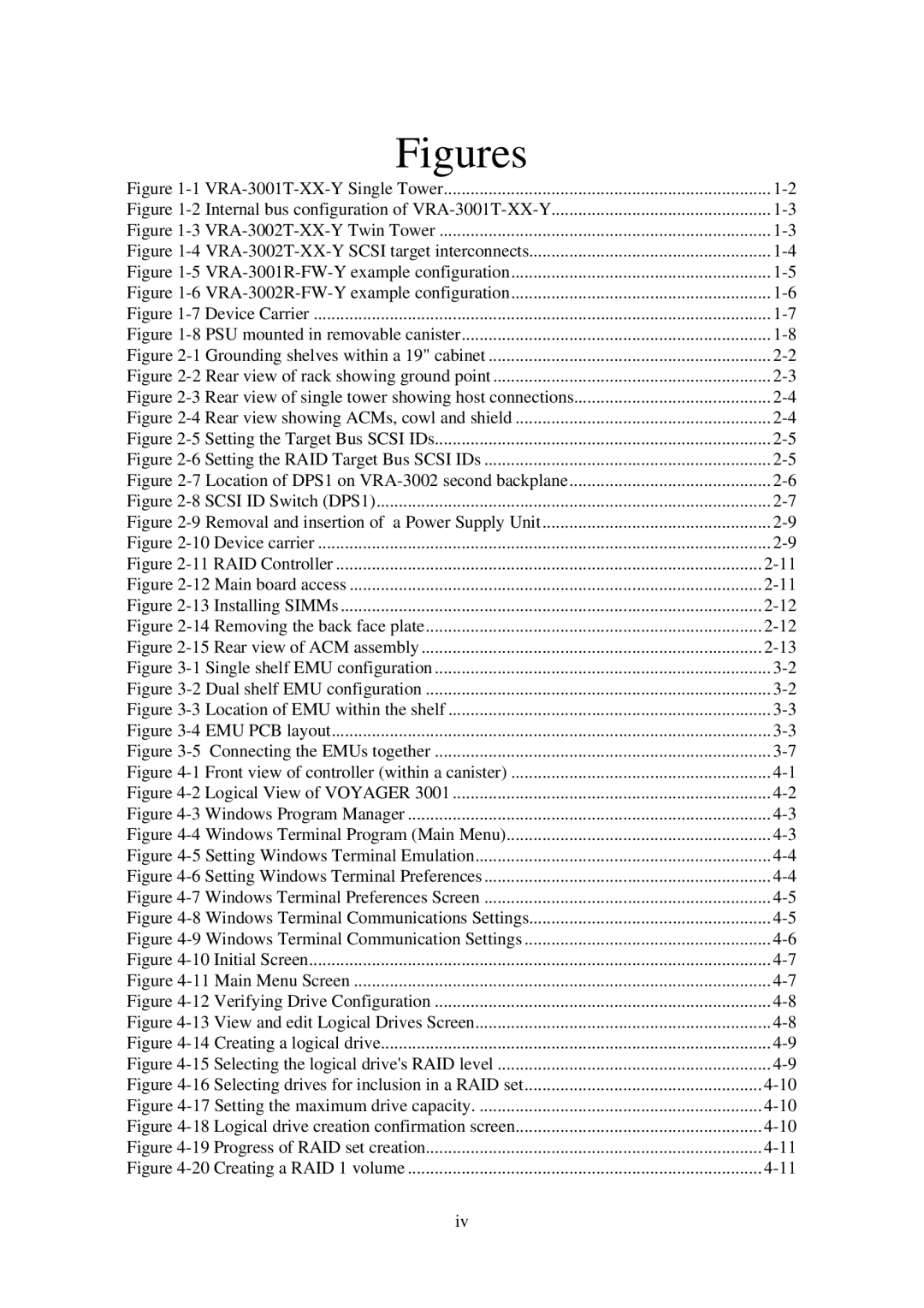Figure 1-1 VRA-3001T-XX-Y Single Tower | 1-2 |
Figure 1-2 Internal bus configuration of VRA-3001T-XX-Y | 1-3 |
Figure 1-3 VRA-3002T-XX-Y Twin Tower | 1-3 |
Figure 1-4 VRA-3002T-XX-Y SCSI target interconnects | 1-4 |
Figure 1-5 VRA-3001R-FW-Y example configuration | 1-5 |
Figure 1-6 VRA-3002R-FW-Y example configuration | 1-6 |
Figure 1-7 Device Carrier | 1-7 |
Figure 1-8 PSU mounted in removable canister | 1-8 |
Figure 2-1 Grounding shelves within a 19" cabinet | 2-2 |
Figure 2-2 Rear view of rack showing ground point | 2-3 |
Figure 2-3 Rear view of single tower showing host connections | 2-4 |
Figure 2-4 Rear view showing ACMs, cowl and shield | 2-4 |
Figure 2-5 Setting the Target Bus SCSI IDs | 2-5 |
Figure 2-6 Setting the RAID Target Bus SCSI IDs | 2-5 |
Figure 2-7 Location of DPS1 on VRA-3002 second backplane | 2-6 |
Figure 2-8 SCSI ID Switch (DPS1) | 2-7 |
Figure 2-9 Removal and insertion of a Power Supply Unit | 2-9 |
Figure 2-10 Device carrier | 2-9 |
Figure 2-11 RAID Controller | 2-11 |
Figure 2-12 Main board access | 2-11 |
Figure 2-13 Installing SIMMs | 2-12 |
Figure 2-14 Removing the back face plate | 2-12 |
Figure 2-15 Rear view of ACM assembly | 2-13 |
Figure 3-1 Single shelf EMU configuration | 3-2 |
Figure 3-2 Dual shelf EMU configuration | 3-2 |
Figure 3-3 Location of EMU within the shelf | 3-3 |
Figure 3-4 EMU PCB layout | 3-3 |
Figure 3-5 Connecting the EMUs together | 3-7 |
Figure 4-1 Front view of controller (within a canister) | 4-1 |
Figure 4-2 Logical View of VOYAGER 3001 | 4-2 |
Figure 4-3 Windows Program Manager | 4-3 |
Figure 4-4 Windows Terminal Program (Main Menu) | 4-3 |
Figure 4-5 Setting Windows Terminal Emulation | 4-4 |
Figure 4-6 Setting Windows Terminal Preferences | 4-4 |
Figure 4-7 Windows Terminal Preferences Screen | 4-5 |
Figure 4-8 Windows Terminal Communications Settings | 4-5 |
Figure 4-9 Windows Terminal Communication Settings | 4-6 |
Figure 4-10 Initial Screen | 4-7 |
Figure 4-11 Main Menu Screen | 4-7 |
Figure 4-12 Verifying Drive Configuration | 4-8 |
Figure 4-13 View and edit Logical Drives Screen | 4-8 |
Figure 4-14 Creating a logical drive | 4-9 |
Figure 4-15 Selecting the logical drive's RAID level | 4-9 |
Figure 4-16 Selecting drives for inclusion in a RAID set | 4-10 |
Figure 4-17 Setting the maximum drive capacity | 4-10 |
Figure 4-18 Logical drive creation confirmation screen | 4-10 |
Figure 4-19 Progress of RAID set creation | 4-11 |
Figure 4-20 Creating a RAID 1 volume | 4-11 |
